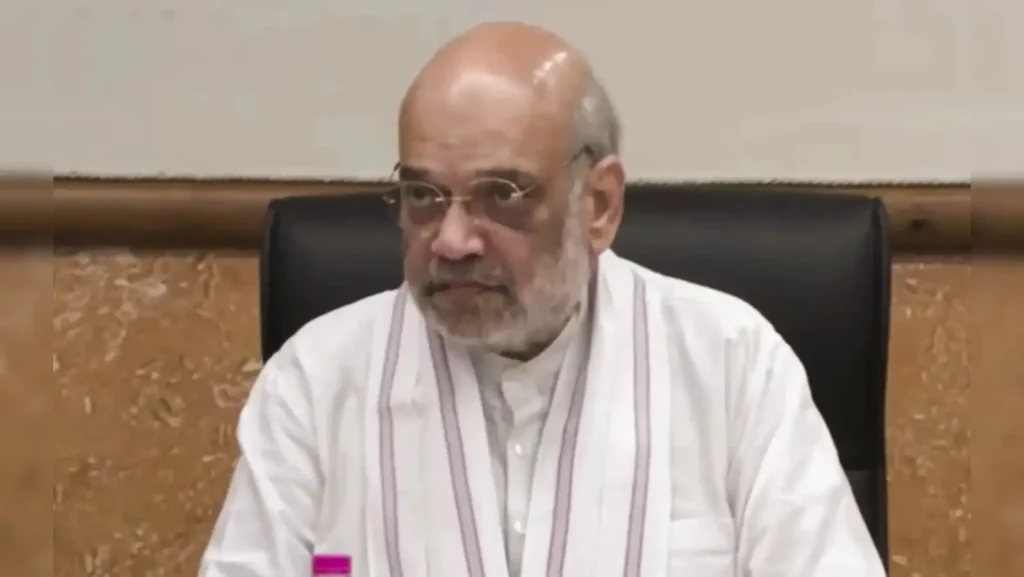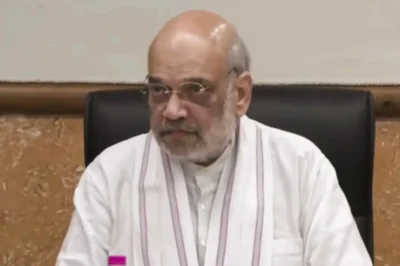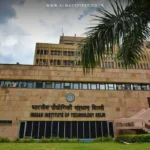
Union Home Minister Amit Shah envisions India as a global leader in disaster response
Union Home Minister Amit Shah has declared that India is on the cusp of becoming a global leader in disaster management. Speaking at a conference of relief commissioners and disaster response forces from all states and union territories, Shah credited the National Disaster Management Authority (NDMA) and the National Disaster Response Force (NDRF) for their transformative work over the past decade. He highlighted advancements in capacity, efficiency, speed, and accuracy in disaster response, emphasizing the importance of a collaborative approach to enhance preparedness and address shortcomings.
A Decade of Transformation in Disaster Response
From relief-centric to rescue-centric approach
Over the past ten years, India’s approach to disaster management has undergone a significant transformation. Previously focused on relief efforts, the strategy has shifted to a rescue-centric model aimed at saving lives. This change in methodology has been instrumental in reducing casualties during disasters. Shah noted that the goal of achieving zero casualties during disasters has been successfully implemented, citing examples where previous cyclones resulted in thousands of deaths, whereas recent ones have seen minimal loss of life.
Technological Advancements Enhancing Disaster Management
Introduction of new platforms for real-time response
To further strengthen disaster management capabilities, Shah unveiled three major technology-driven platforms: the Integrated Control Room for Emergency Response (ICR-ER), National Database for Emergency Management Lite 2.0 (NDEM Lite 2.0), and Assam’s Flood Hazard Zonation Atlas. These tools aim to improve real-time response and coordination, enhance flood mitigation efforts, enable satellite-based alerts, and support integrated action during disasters. The introduction of these platforms reflects India’s commitment to leveraging technology for effective disaster management.
Strengthening Infrastructure and Capacity
Government initiatives to bolster disaster response
The Indian government has allocated significant resources to modernize disaster response infrastructure. In 2023, Union Home Minister Amit Shah announced three major schemes worth over Rs 8,000 crore to modernize fire brigade services across all states, mitigate flood risks in seven major cities, and prevent landslides in 17 states. These initiatives aim to enhance the capacity of disaster response agencies and reduce the impact of natural disasters on communities.
International Recognition and Collaboration
India’s leadership in global disaster resilience
India’s efforts in disaster management have garnered international recognition. Under Prime Minister Narendra Modi’s leadership, India established the Coalition for Disaster Resilient Infrastructure (CDRI), which has grown to include 48 member countries. This initiative underscores India’s commitment to global collaboration in building disaster-resilient infrastructure and sharing best practices in disaster management.
Indigenous Innovation in Disaster Response
Push for self-reliance in disaster management equipment
In line with the government’s vision of self-reliance, Shah emphasized the need for indigenous equipment in disaster response. He urged the NDRF to collaborate with the Defence Research and Development Organisation (DRDO) to develop and upgrade disaster response equipment domestically. This initiative aims to reduce dependency on foreign technology and ensure that disaster response agencies are equipped with state-of-the-art tools tailored to India’s specific needs.
Conclusion
India’s commitment to becoming a global leader in disaster management
India’s comprehensive approach to disaster management, encompassing technological advancements, infrastructure development, international collaboration, and indigenous innovation, positions the country as a potential global leader in this field. With continued efforts and commitment, India aims to set new benchmarks in disaster response and resilience, ensuring the safety and well-being of its citizens.








































Leave a Reply